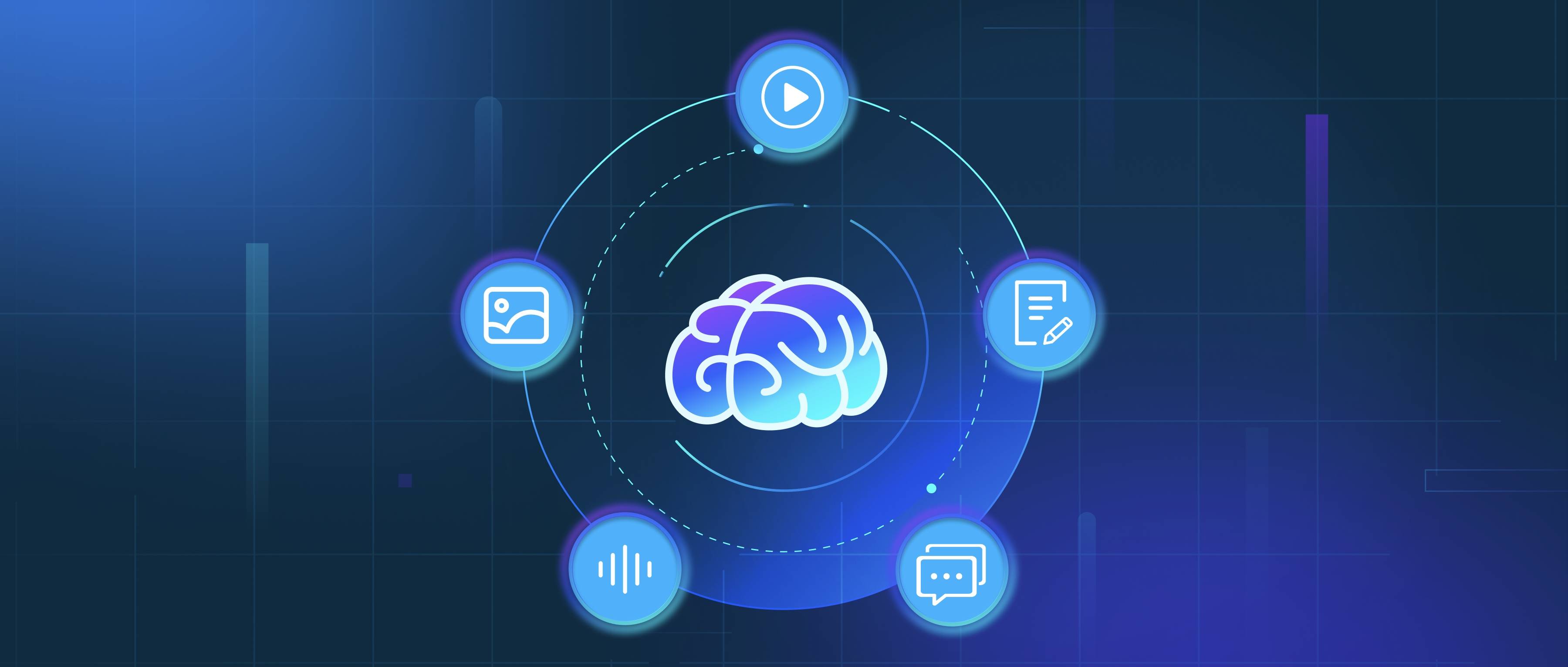The best approach for image processing depends largely on the specific task or application at hand. If the goal is basic image enhancement, OpenCV (Open Source Computer Vision Library) is a widely used toolkit that provides numerous algorithms for image manipulation, including functions for filtering, transformation, and feature extraction. For more advanced image processing tasks like object recognition, segmentation, or deep learning-based tasks, frameworks such as TensorFlow or PyTorch paired with convolutional neural networks (CNNs) are popular choices. These libraries support GPU acceleration for faster processing and are optimized for tasks involving large datasets. If real-time processing is required, such as in video surveillance or autonomous driving, specialized hardware like GPUs or VPUs (Video Processing Units) might be necessary for efficient processing. In addition, for tasks involving medical imaging or other specialized areas, proprietary software such as MATLAB or NI Vision may provide more tailored and robust solutions. Ultimately, the choice of tools for image processing depends on factors like the complexity of the task, the computational resources available, and the level of customization required.
What is best for image processing?

- Information Retrieval 101
- Vector Database 101: Everything You Need to Know
- Advanced Techniques in Vector Database Management
- GenAI Ecosystem
- Exploring Vector Database Use Cases
- All learn series →
Recommended AI Learn Series
VectorDB for GenAI Apps
Zilliz Cloud is a managed vector database perfect for building GenAI applications.
Try Zilliz Cloud for FreeKeep Reading
How do I implement efficient retrieval with multimodal embeddings?
To implement efficient retrieval with multimodal embeddings, you need to combine embeddings from different data types (l
Can anomaly detection handle categorical data?
Yes, anomaly detection can handle categorical data, but the approach may differ from traditional numerical data analysis
How do observability tools integrate with analytics platforms?
Observability tools and analytics platforms work together to provide deeper insights into system performance and user be